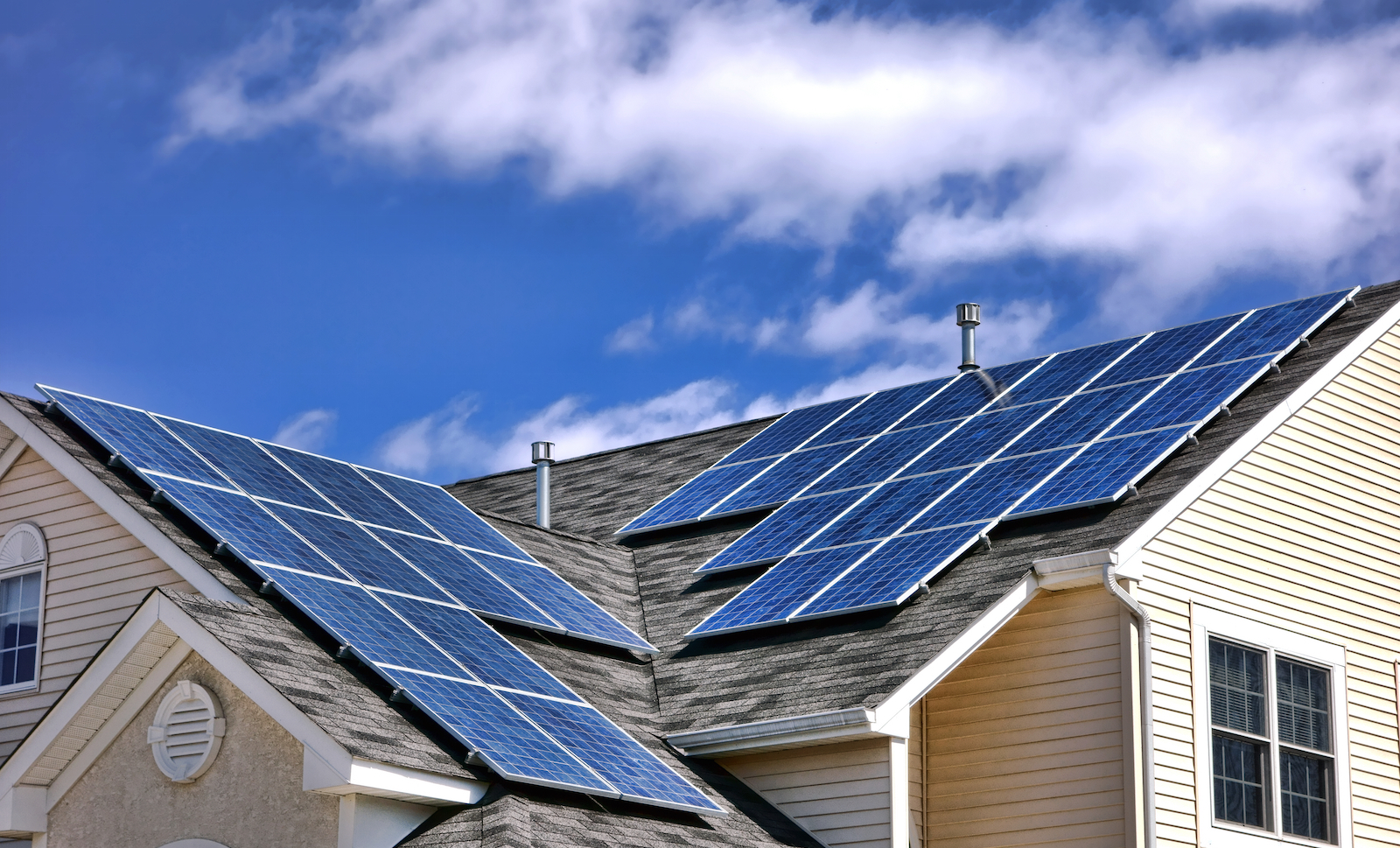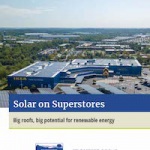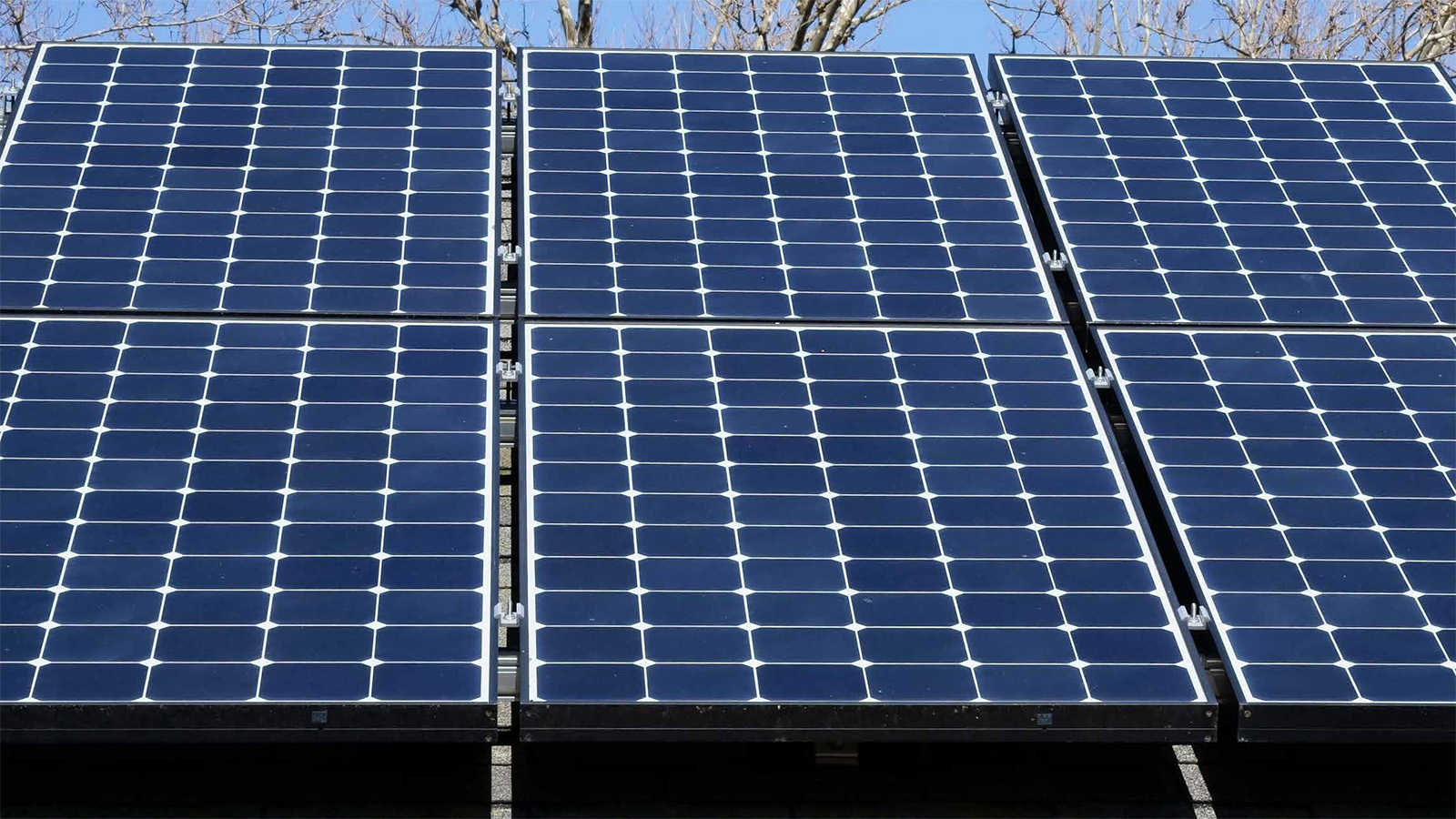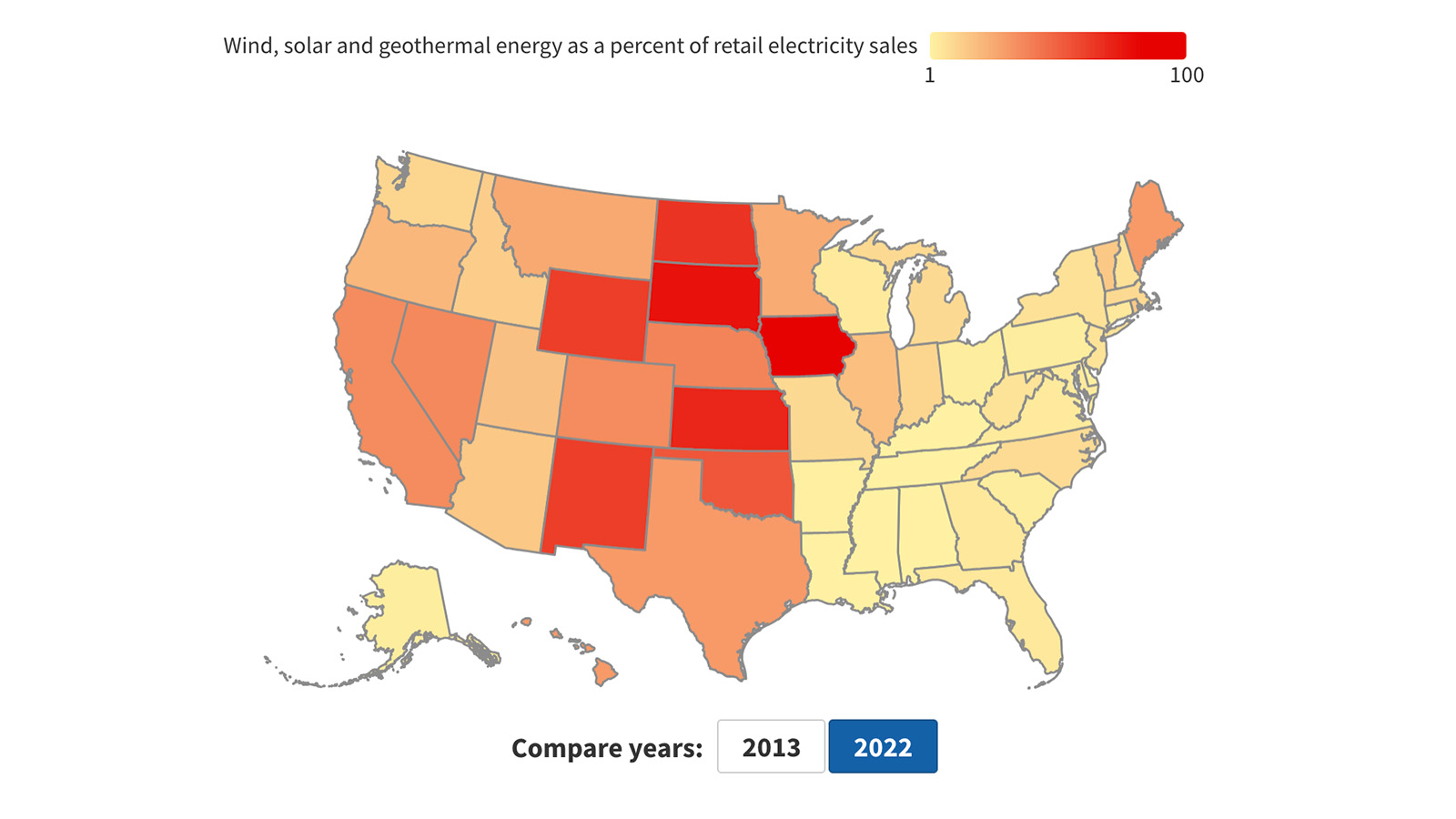
Solar on Superstores
Big roofs, big potential for renewable energy
Solar energy is the fastest-growing form of electricity generation in the United States. America has 40 times as much solar electricity generation capacity as in 2010. That’s because the U.S. has a huge solar resource, solar power is cheap and getting cheaper quickly, and good public policies make solar power attractive for individuals and businesses.
But America has only just begun to tap its immense solar resource.
Downloads
Environment Iowa Research & Policy Center

The United States has the technical potential to produce 78 times as much electricity as it used in 2020 just with solar photovoltaic (PV) energy. In order to achieve a future of 100% clean and renewable energy, America must capitalize on every solar energy opportunity, including on the rooftops of “big box” superstores.
The flat, open, sunny roofs of giant grocery stores, retail stores and shopping malls are perfect locations for solar panels. The United States has more than 100,000 big box retail stores, supercenters, large grocery stores and malls, with almost 7.2 billion cumulative square feet of rooftop space.
The rooftops of America’s big box stores and shopping centers have the potential to generate 84.4 terawatt-hours (TWh) of solar electricity each year, equivalent to the amount of electricity used by almost 8 million average U.S. homes, or more than 30,400 typical Walmart stores.
Putting solar panels on the nation’s superstores would be good for businesses, good for electricity customers, good for the grid, and good for the environment.
-
Generating the full 84.4 TWh of clean solar power potential from America’s superstores would reduce global warming pollution by more than 52 million metric tons of CO2 annually — equivalent to taking over 11.3 million passenger vehicles off the road.
-
Big box stores and shopping centers could replace half of their annual electricity use by fully building out their rooftop solar potential.
-
Producing electricity on rooftops, close to where the electricity will be used, reduces energy losses that happen during electricity transmission and distribution — losses that made up 6% of gross electricity generation in 2020. Solar power also makes the grid more resilient to outages and disruptions.
The map below shows the solar PV technical potential on big box stores in each state, as well as the reductions in global warming emissions each state would see by building out that technical potential. Hover over or click on a state to see its potential big box solar generation and greenhouse gas emissions reduction potential.
Topics
Find Out More


Recording of Rooftop Solar on the Rise webinar

Rooftop solar on the rise

